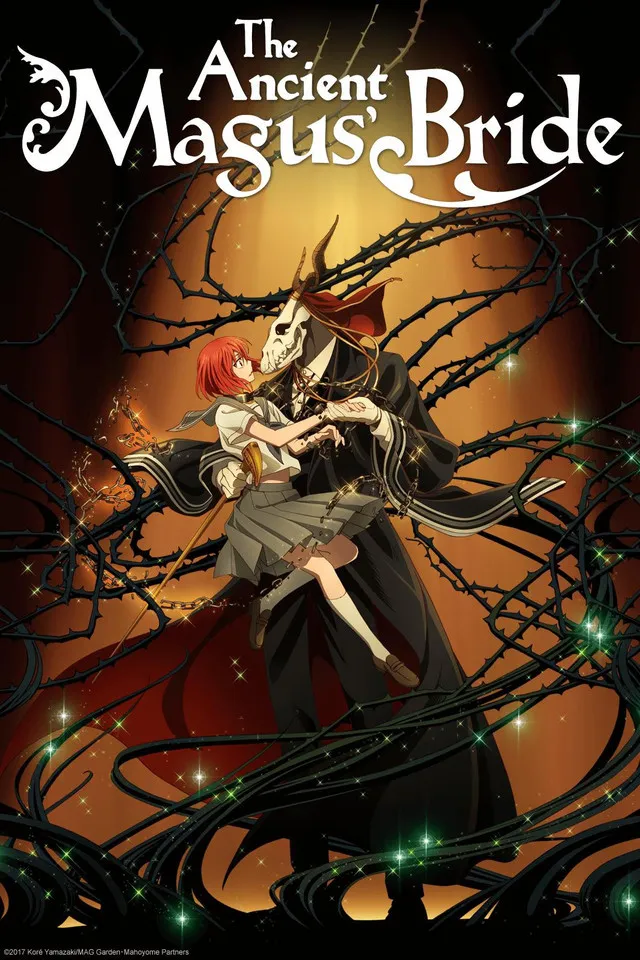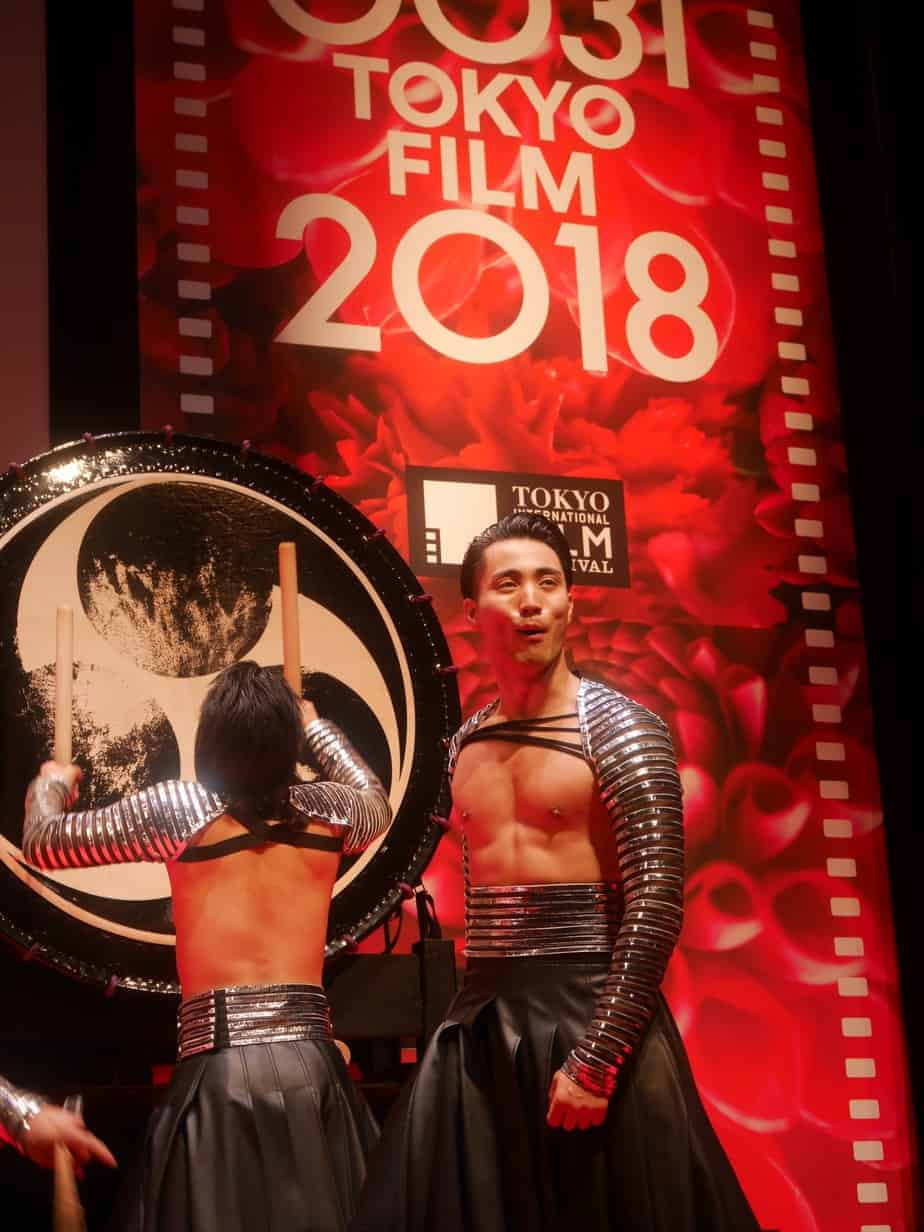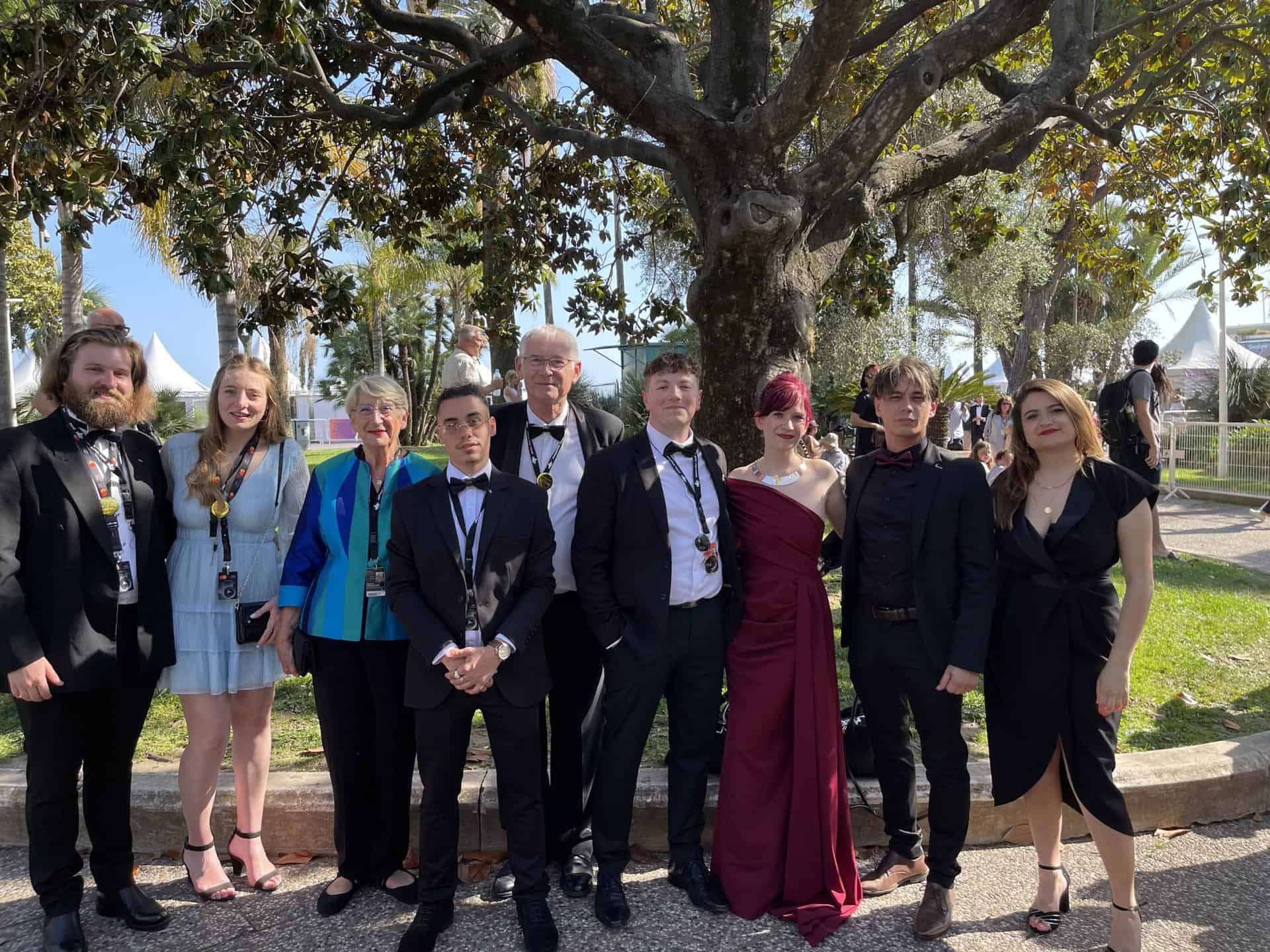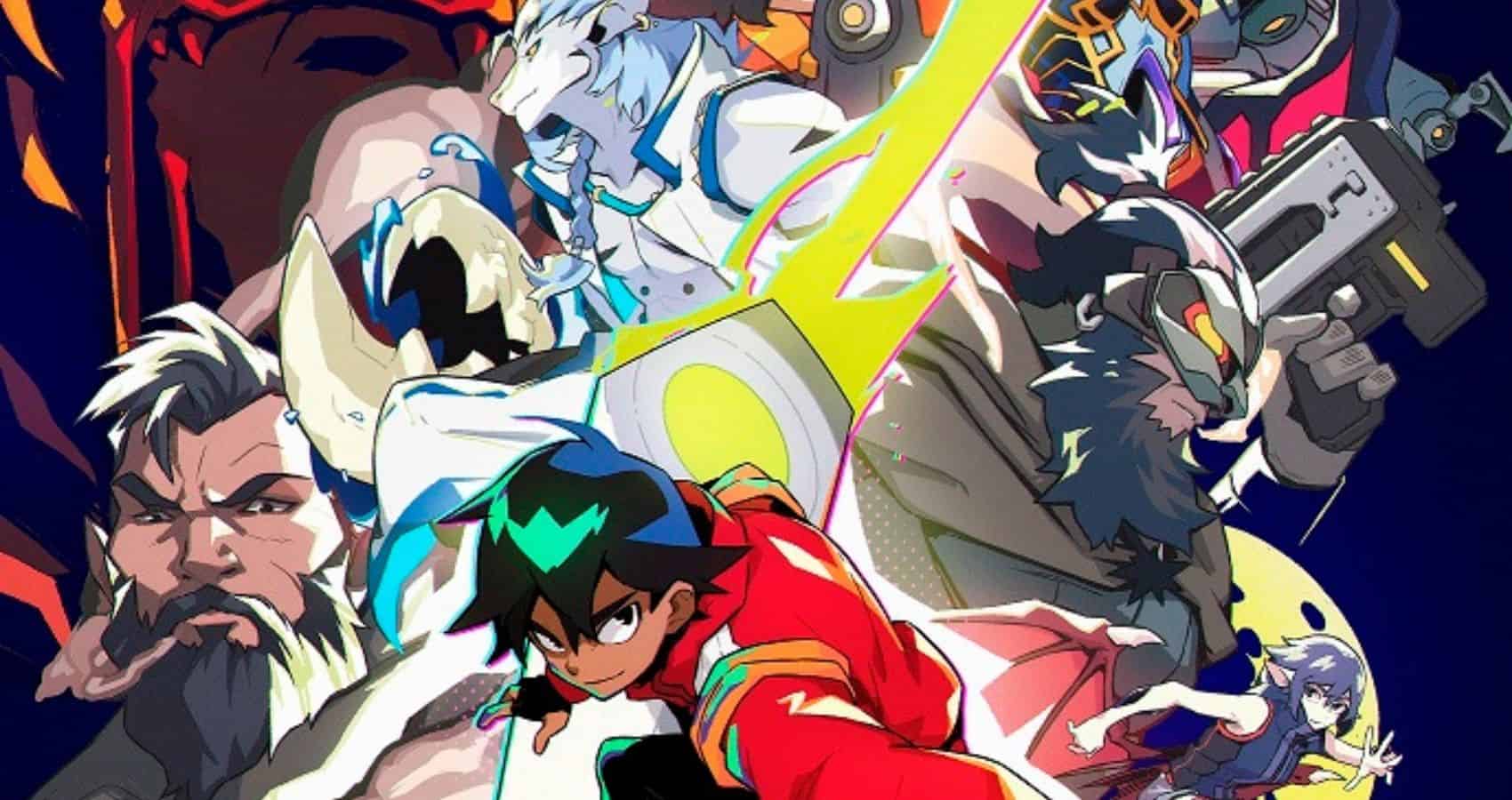The concept of ‘the beauty and the beast' is one of the latest, minor trends we have seen being turned upon its head in the anime world with titles like “Somali and the Forest Spirit” being one of the most renowned titles. Before the Satelight and Hornets produced series, however, there was another title in the category that moved quite further away from the original source,: “The Ancient Magus Bride” based on the manga series written and illustrated by Kore Yamazaki.
Watch This Title on Crunchyroll
by clicking on the image below
With her mother dead and father long gone, Hatori Chise has spent her childhood being passed unwanted from relative to relative, until she finally makes her unfortunate way to a strange and improbable auction block. Offered as a Sleigh Beggy, a special magus who can draw magic from her surroundings and from within herself, to the highest bidder, Chise is purchased by Elias Ainsworth, a being with both fae and human elements, who aims to make her his apprentice. As the world of Elias, including dragons, fairies, witches, vampires, mad scientists and ancient evil beings, unfolds in front of Chise's shocked eyes, the mysterious being also makes a rather bold declaration, that he is planning to make the 16-year-old girl his bride. While the mystery of Elias's past and his lack of empathy creates a number of issues, the fact that the girl's powers severely strain her body, making her and every Sleigh Beggys very weak and fated to die prematurely, makes the two come closer together, through his will to protect her at all costs and prolong her life.
Norihiro Naganuma directs a series that is quite multi-layered, while including a number of anime-favorite tropes, not all of which working, however. In that regard, the ‘villain of the week' aspect is quite prevalent here, and essentially lasts for the majority of the season, in contrast to most anime, which start like that, but soon begin to focus on their central arc. The second, and probably most annoying aspect of the whole series, is how weak Chise is, with her almost always being kidnapped or collapsing after using her powers. This approach to the ‘damsel-in-distress' trope is definitely annoying considering how many times it is repeated through the season, essentially preventing the title from becoming binge-worthy. Lastly, the silly faces which also extend to the change of bodies in an effort at humor, are here once more, in all their pedantic glory.
The ticks on the pros column, however, are definitely many more, and become more intense as the story progresses. For example, the ‘villain of the week” trope here is presented in a rather original way, not focusing just on villains, but also characters that are benevolent or parts of dramatic side stories. The Leanan Sidhe, for example, which falls in love with an older man who cannot even see her is quite appealing to watch. The same applies to the arc of Cartaphilus, who is eventually connected with other arcs, becoming one of the central ones her,e which also becomes more dramatic (and more appealing) as the story unfolds, finding its zenith in the ending of the season. The black dog Ruth who eventually becomes Chise's familiar, Angelica and the way she becomes something of a mother for the protagonist, Renfred, his missing hand, and his former drug addict apprentice Alice are all quite intriguing characters, adding much to the quality of the context.
Where the series truly thrives, however, is in the presentation of the two main characters and their relationship. And while the aforementioned issue with Chise is quite prevalent, the mystery about her past, which is eventually revealed in the most tragic fashion, definitely compensates, as much as the question of when, or even if she manages to fully implement her powers. Elias's enigma is even more intriguing, as it is not clear how he became as he is, what he is exactly, while some of his “traits”, like his lack of empathy or some references to him having eaten humans, add even more to the enigma of his existence. Lastly, the level of his strength, in comparison to some of the characters that appear as foes, also remains a mystery, in an approach though that could have been handled better.
The elements that shape the personality of the two add even more to the depiction of their relationship, which actually changes significantly as time passes. That Elias declares his will to marry Chise definitely becomes a factor, through a rather unusual approach that shows that the latter actually accepts the whole thing, as the romance element begins to bloom essentially from the beginning. That their connection changes form repeatedly is also quite intriguing to watch, with the two of them occasionally reacting as father and daughter, or even mother and son, particularly when Elias acts like a kid as he cannot deal with the feelings he experiences for the first time. This diverse approach to their relationship works quite well for the narrative, preventing it from becoming another will-they-won't-they cliche, although this element is also present here.
Lastly, another trait, which mostly derives from the aforementioned, is the way the story becomes darker and darker as time passes, with the final episodes of the season definitely being the apogee of this aspect, which does appear, though, throughout. Granted, Norihiro Nagamura does not go all the way, restricting the shock the story could potentially have, but just its inclusion in the narrative definitely adds to its quality.
With the focus here being on the story and characters, the technical part is lagging somewhat, with the series showing its age on occasion. Hirotaka Kato's character design has created a number of very appealing characters, along with a number of females whose sultry appearance definitely points towards fanservice. The transformation of many of them, particularly of Elias, work rather well too, but the problem is on the faces, which are rather blunt and suffer on expression. The ‘silly faces' trope definitely does not help in that regard. The many changes of the background from bright and shiny to dark and dangerous works well, but there is not that much detail in them, maybe with the exception of the final episodes, which are, essentially, where the whole season finds its apogee. The animation by Wit Studio is functionable, but nothing spectacular.
Despite some issues with the technical department and the narrative, “The Ancient Magus Bride” story and characters definitely compensate, resulting in a series that will definitely satisfy those who value context above all in their anime.
















